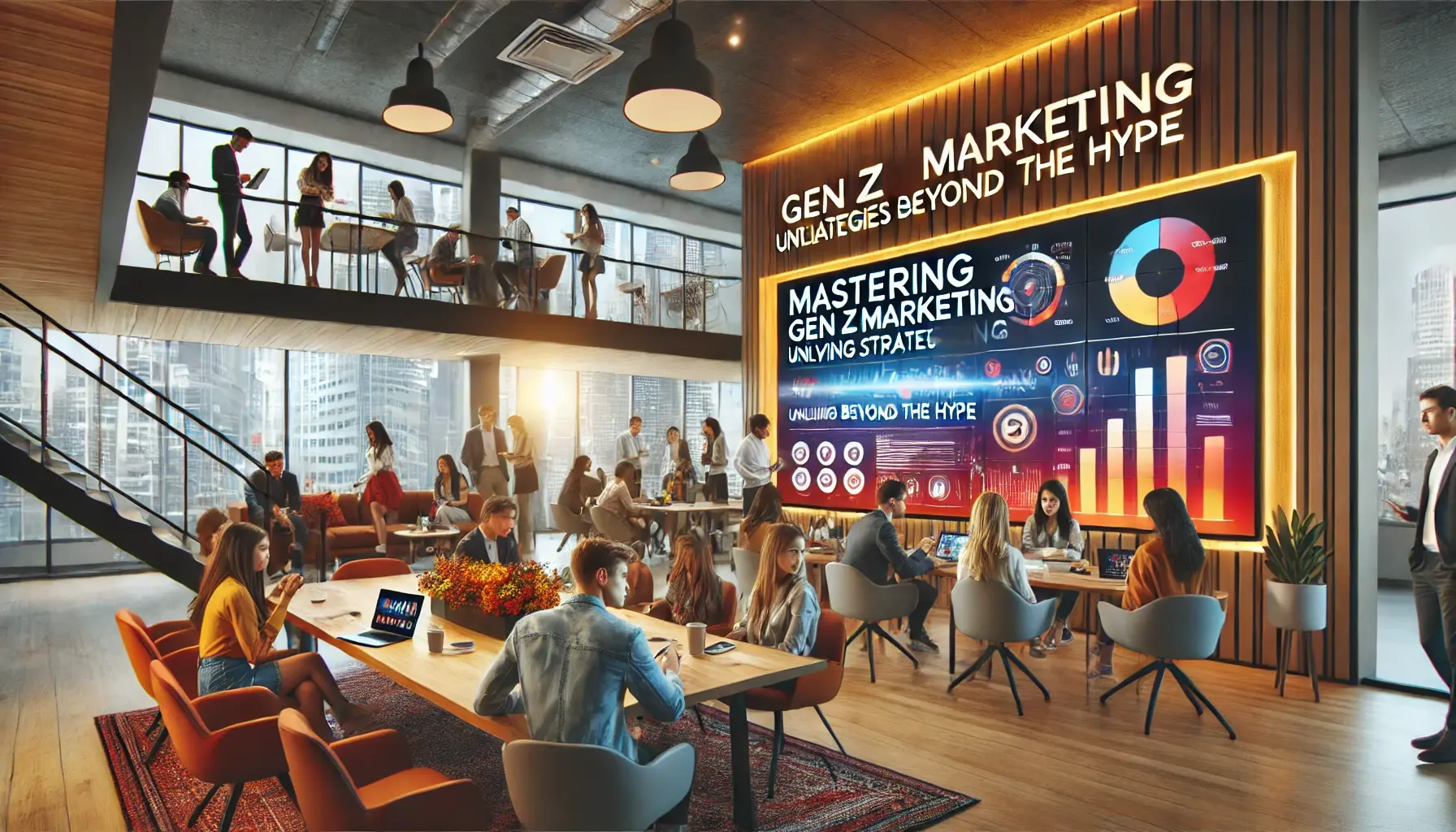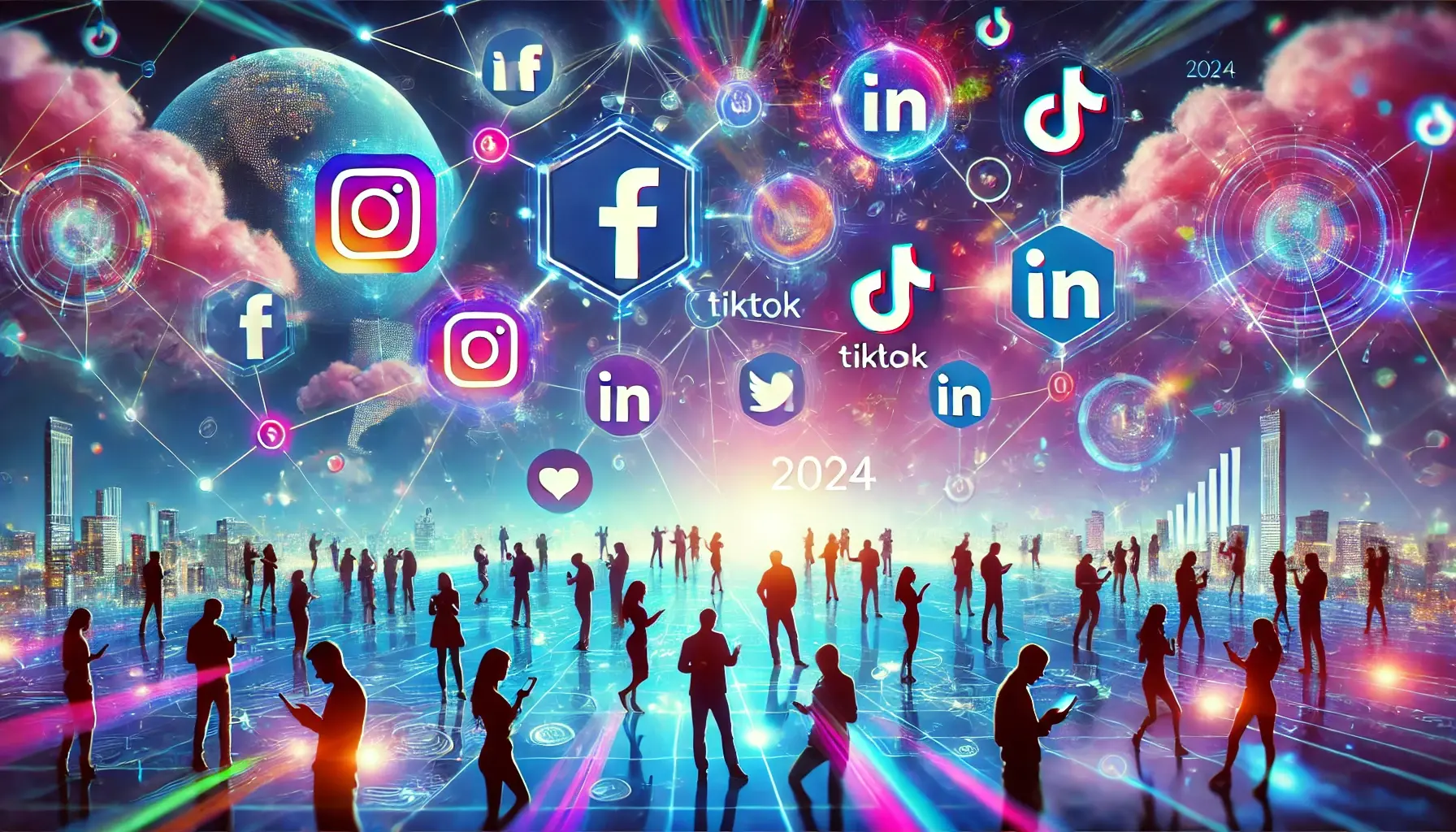3 min read
Mastering Gen Z Marketing: Unveiling Strategies Beyond the Hype
Beyond the Hype: Mastering the Art of Gen Z Marketing in the USAIntroduction:Gen Z, the demographic cohort born between 1997 and 2012, is rapidly...
2 min read
![]() The Amazing Team at Focus Digital Marketing
:
Mar 22, 2024 12:46:34 PM
The Amazing Team at Focus Digital Marketing
:
Mar 22, 2024 12:46:34 PM
In the fast-paced world of digital marketing, managing social media efficiently isn't just an advantage; it's a necessity. Automation and the savvy use of third-party tools have become game changers, empowering brands to amplify engagement, influence, and virality without the constant manual effort. Today, I'm sharing insights into leveraging these tools effectively, with a touch of personal experience in navigating the social media landscape.
Harnessing Efficiency in Social Media Management
Navigating social media management requires a deep understanding of various platform types, each with its unique user interface, features, functionality, demographics, behavior, and preferences. Whether it's the visually rich Instagram, the brevity of Twitter, or the professionalism of LinkedIn, each platform demands a tailored approach for true engagement.
The Role of Automation and Third-Party Tools
Automation tools have revolutionized social media management by scheduling posts, analyzing performance, and even responding to common queries. Third-party tools extend these capabilities with advanced analytics, competitor analysis, and more integrated management solutions across platforms.
Starbucks' use of user-generated content on Instagram showcases how automation tools can help manage and curate content at scale, enhancing engagement through authenticity. Meanwhile, Netflix leverages Twitter to interact with its audience using a mix of automated alerts and real-time responses, maintaining a balance between efficiency and personal touch.
My journey into social media management began with the challenge of managing multiple client accounts single-handedly. It was a third-party tool that saved me from the brink of burnout, allowing me to schedule a week's worth of posts in advance and dedicate more time to strategy and personal interactions. This blend of automation and manual oversight became my formula for maintaining a dynamic and responsive social media presence.
Efficiency in social media management isn't just about saving time; it's about enhancing the quality of your engagement, understanding and catering to your audience's preferences, and strategically positioning your brand for virality and influence. As we navigate this digital age, leveraging the right mix of automation and third-party tools, informed by a deep understanding of platform nuances and audience behaviors, can elevate our social media game to new heights.
Also Read:
For more insights and resources on digital marketing strategies, visit Focus Digital Marketing.
FAQs

3 min read
Beyond the Hype: Mastering the Art of Gen Z Marketing in the USAIntroduction:Gen Z, the demographic cohort born between 1997 and 2012, is rapidly...

4 min read
Social Media Integration: Revolutionizing Digital MarketingIn today's interconnected world, social media has become an integral part of our daily...

4 min read
In 2024, social media remains a powerful tool for businesses to connect with their audience, build brand awareness, and drive sales. With billions of...